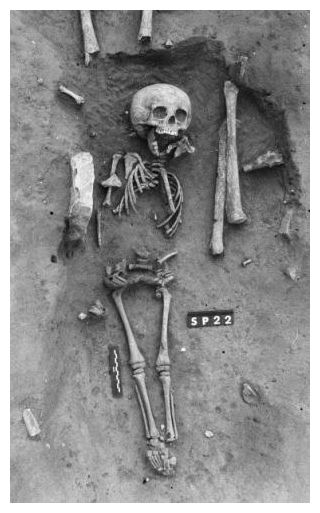
According to the archaeologists, the way the child was buried hints that Down's syndrome was not necessarily stigmatised in the Middle Ages.
Down's syndrome is a genetic disorder that delays a person's growth and causes intellectual disability. People with Down's syndrome have three copies of chromosome 21, rather than the usual two.
It was described in the 19th century, but has probably existed throughout human history. However there are few cases of Down's syndrome in the archaeological record.
The new example comes from a 5th- and 6th-century necropolis near a church in Chalon-sur-Saône in eastern France. Excavations there have uncovered the remains of 94 people, including the skeleton of a young child with a short and broad skull, a flattened skull base and thin cranial bones.
These features are common in people with Down's syndrome, says Maïté Rivollat at the University of Bordeaux in France, who has studied the skeleton with her colleagues.
"I think the paper makes a convincing case for a diagnosis of Down's syndrome," says John Starbuck at Indiana University in Indianapolis.
He has just analysed a 1500-year-old figurine from the Mexican Tolteca culture that he says depicts someone with Down's syndrome.
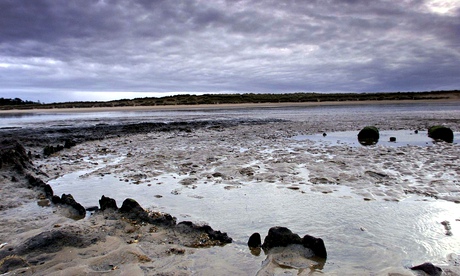
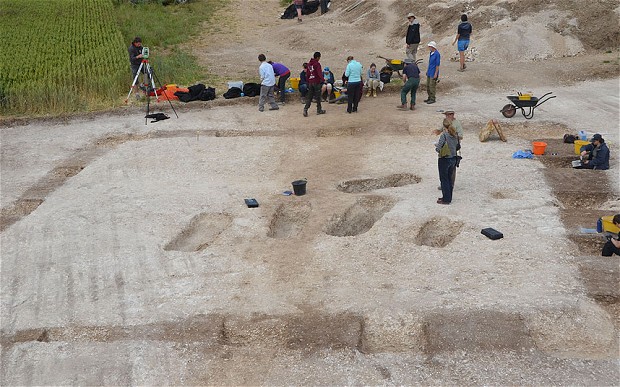
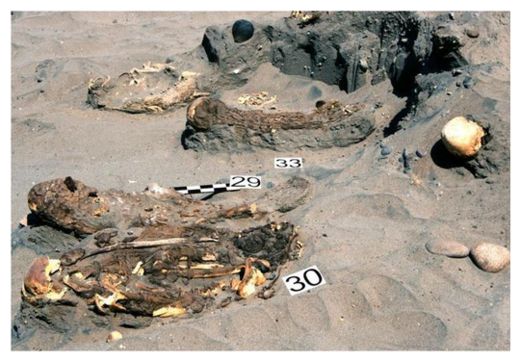
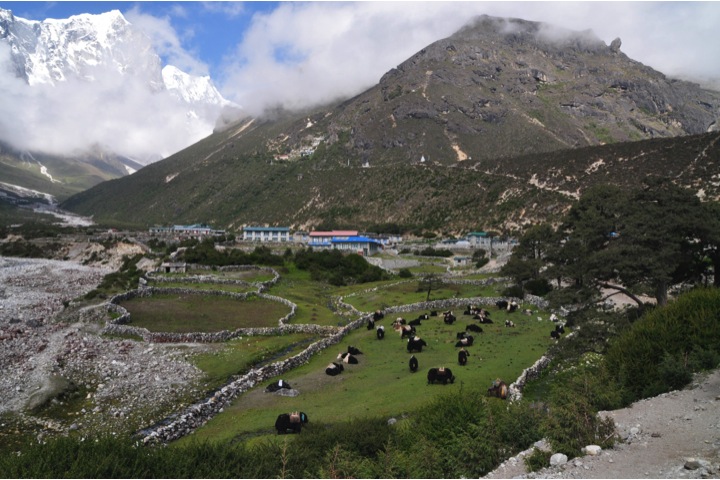

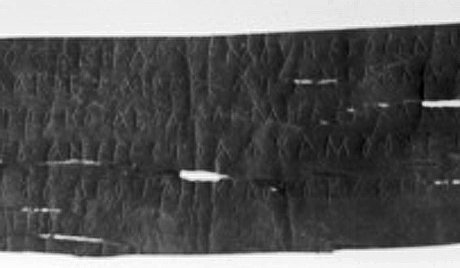

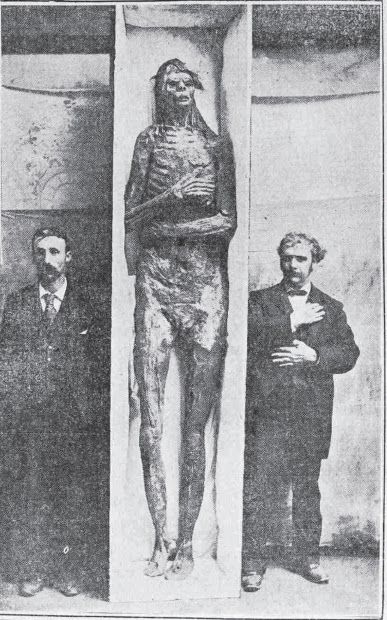




Comment: It is clear that de Gaulle was well aware what kind of people he was dealing with, as the quote above shows: In the end they did win and the US-led supranational government is in place, as designed almost 50 years ago, to the detriment of ordinary Europeans.